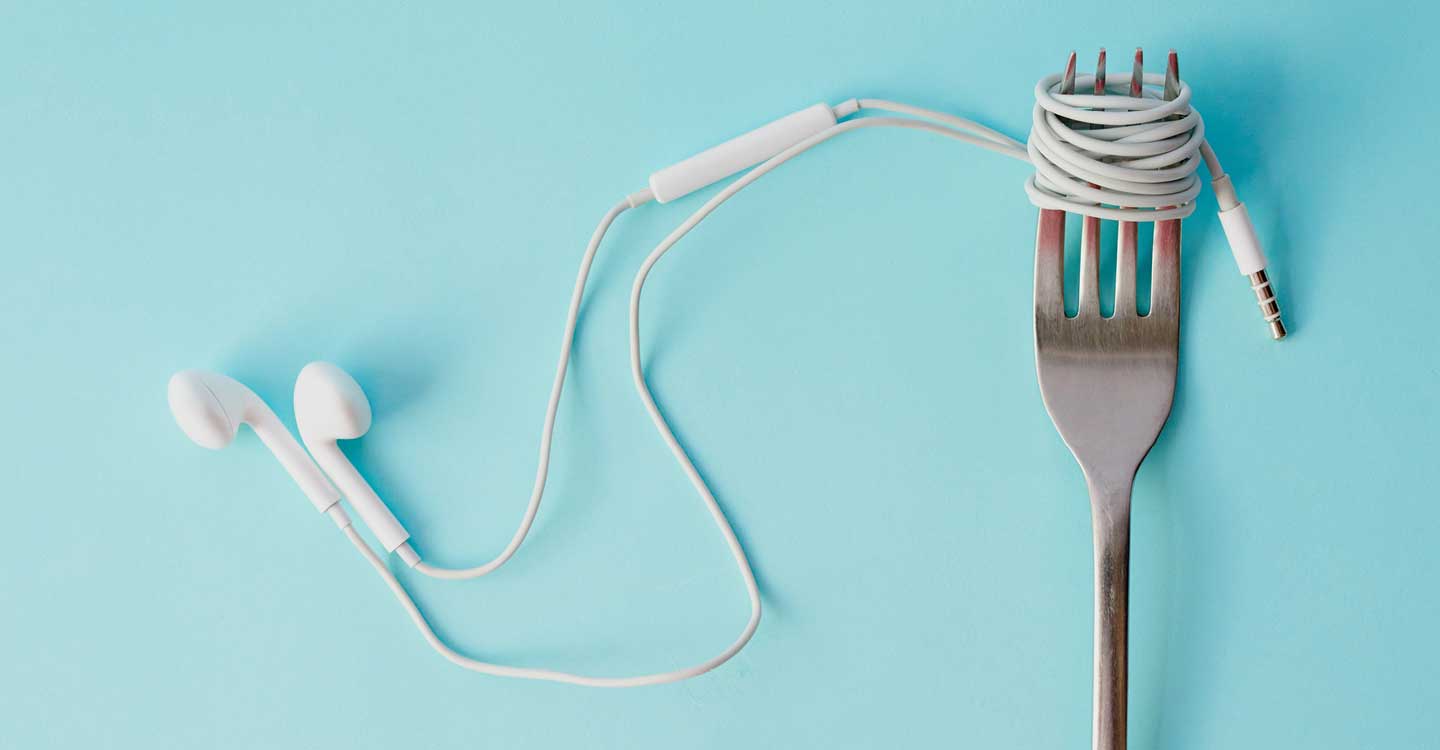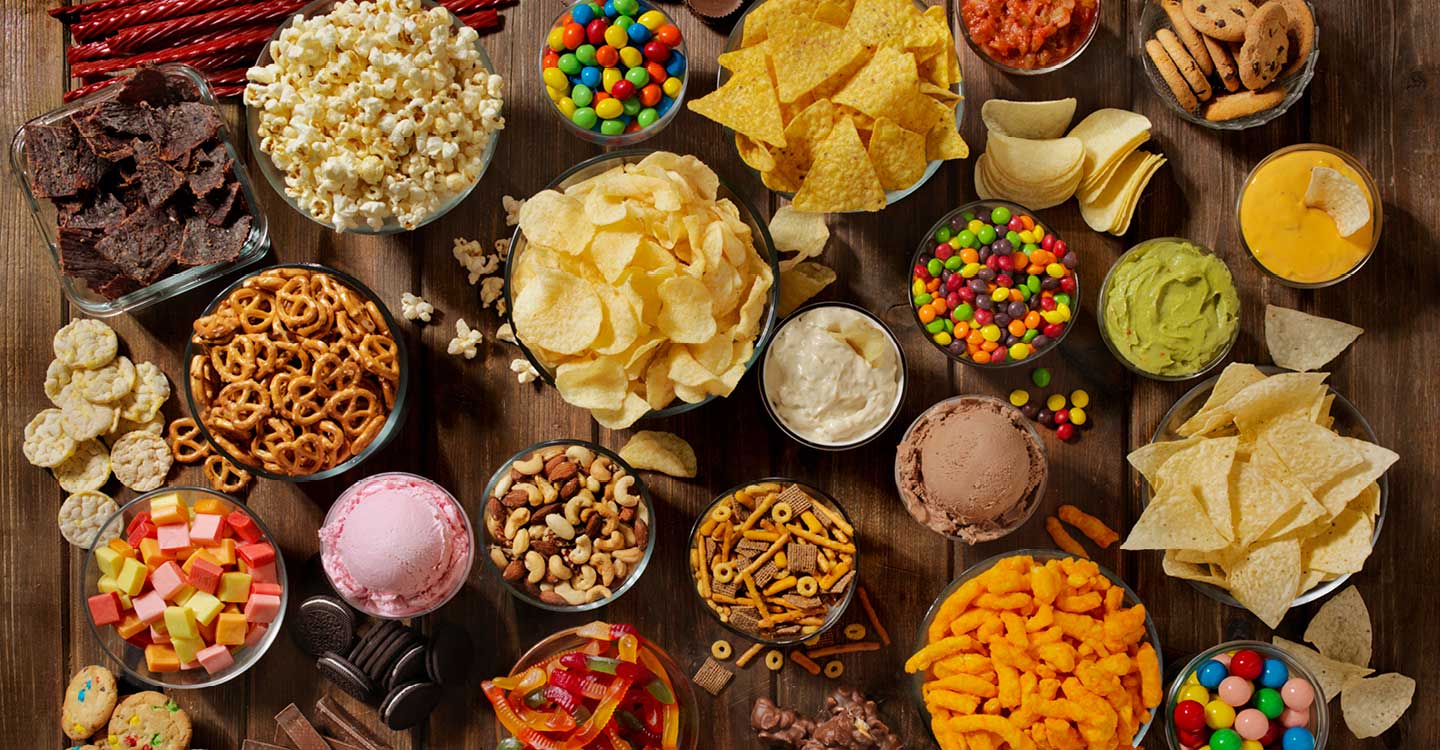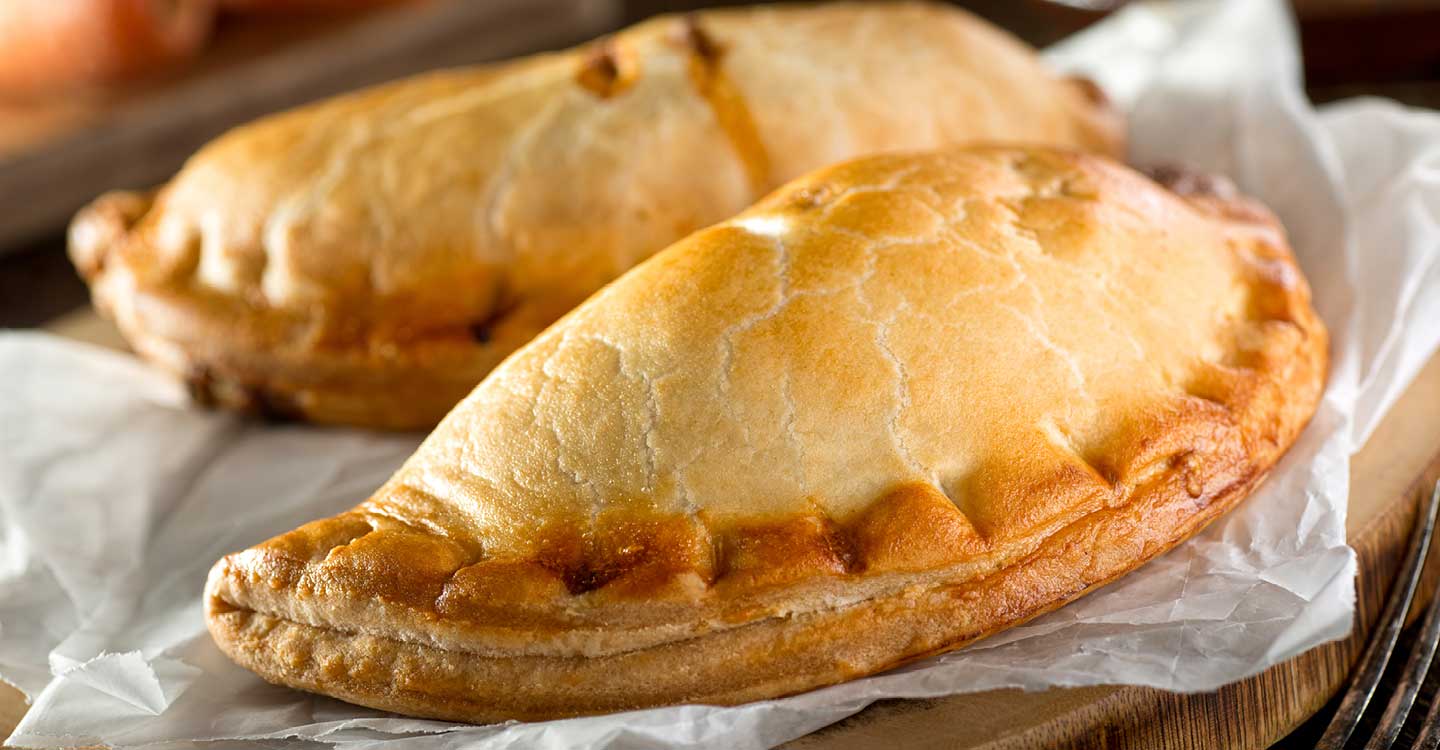What does a note on a trumpet taste like? How about on a violin? And is chocolate low or high pitched?
If these questions seem to you like something that Alice in Wonderland might ask, then it’s time to explore the intriguing sensory world of ‘sonic seasoning’ – or eating with your ears.

Sweet dreams
The idea that sound and taste are linked is hardly surprising. We all associate certain sounds with good eating experiences: dinner party chatter, restaurant buzz, or perhaps birdsong at picnics. They may make food ‘taste better’ simply because we’re happier.
And wouldn’t crisps, fresh vegetables and toast be disappointing without that satisfying crunch and crackle?
But the concept of ‘sonic seasoning’ goes even deeper than that. It looks at physiological reasons why particular sounds might make food taste saltier or sweeter – and what this means for food marketing.

The science of sound
The sonic seasoning guru is experimental psychologist Charles Spence, whose paper "As bitter as a trombone" looked at how different pitches and instruments might affect perception of taste. He found that low brass notes enhanced bitter or umami tastes, while both sweet and sour tastes were brought out by higher pitches.
The science behind it is the subject of Spence’s Crossmodal Research Laboratory at Oxford University. It’s a rich area of research, providing insights into the way the brain integrates information from all the senses.
“Crossmodal correspondences” are most noticeable in people with synaesthesia, whose brains process sensory information in such a way as they might see Saturday as yellow, for example. But to an extent, all of us are affected – often to our own amazement.

Taste tests
Spence teamed up with food artist Caroline Hobkinson and a London restaurant to serve a ‘sonic cake pop’ of chocolate-coated bittersweet toffee, which came with a telephone number. Diners could dial one for sweet or two for bitter and would then be played high or low sounds accordingly.
Hobkinson told The Guardian: “It makes me laugh because it works every time, and people say, ‘Oh! That’s so weird!’” Intrigued? Sceptical? Just grab some cinder toffee and listen to the soundtracks yourself.
Hobkinson went on to collaborate with Sainsbury’s to place QR codes next to samples of cheeses. Shoppers could download mp3 files of soundscapes designed to enhance the experience of eating each type: for example, staccato notes to draw out salt crystals.
And Spence worked with chocolatiers in Belgium to devise soundtracks that made their products seem creamier.

Future flavours
So what comes next? Could sonic seasoning ever be more than an enjoyable gimmick?
One obvious avenue is in health. There could, for example, be apps that play you music to enhance sweet or salty tastes, thus enabling you to reduce your actual sugar or salt consumption. Spence also believes that music might help elderly people who have lost their sense of taste to regain their appetites.
But it’s in the commercial world that sonic seasoning resonates most sweetly.
The “commercialisation of crunch” is already well established, with food manufacturers eager to give certain products that delicious crackle. But perhaps in the future, they might develop apps to play staccato sounds as you bite down.
Or maybe restaurants will boom out brass music for your main course and serenade you with strings for dessert.
Furthermore, ‘gastrophysics’, as the field is informally known, has a lot to teach those in the food trade about other overlapping sensations, such as which colour, shape and weight plates to use for the optimal dining experience.
There are many ways this story could play on. What’s certain is that multisensory marketing sounds delicious.